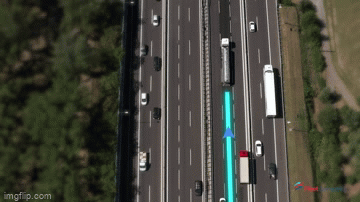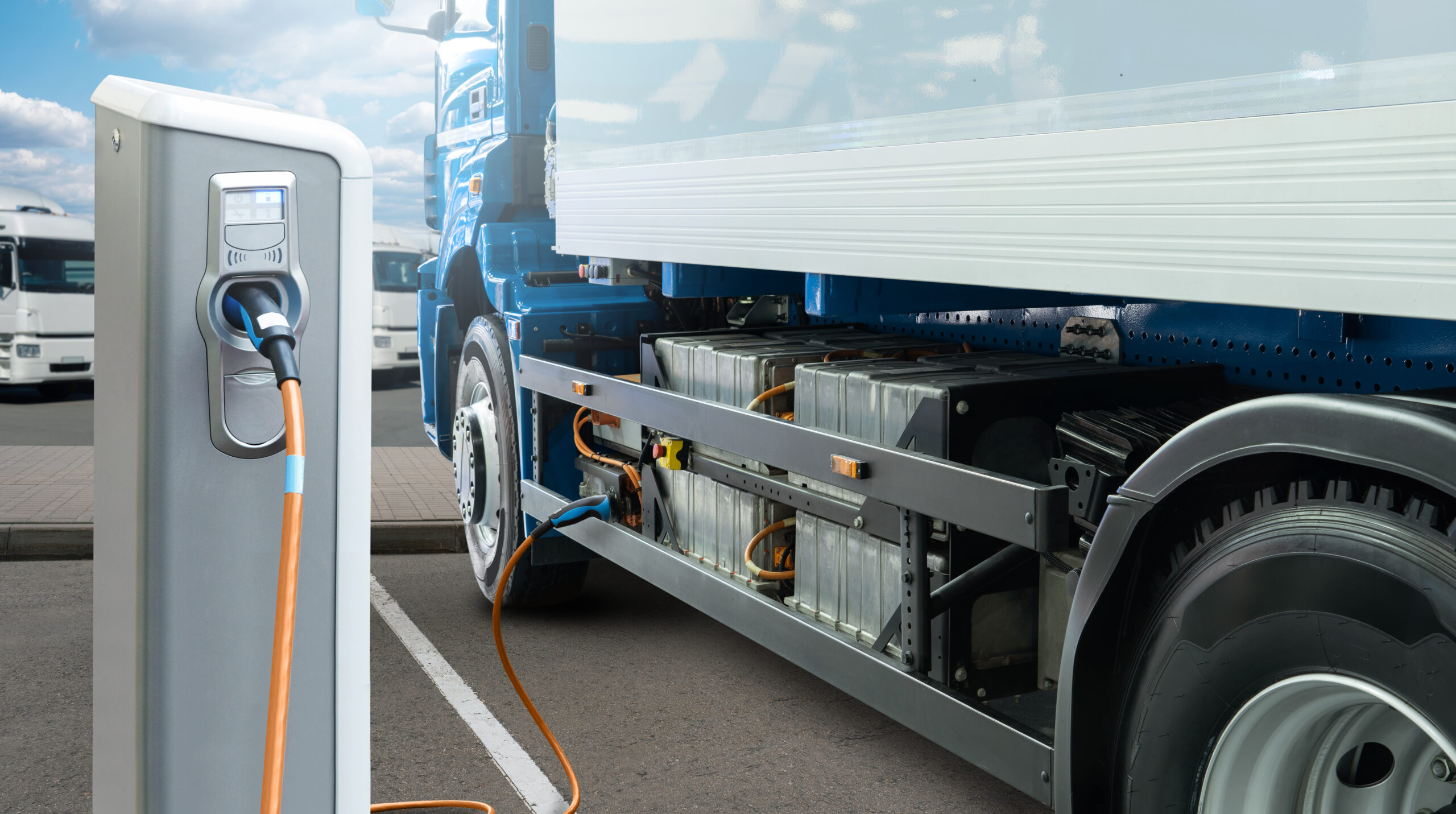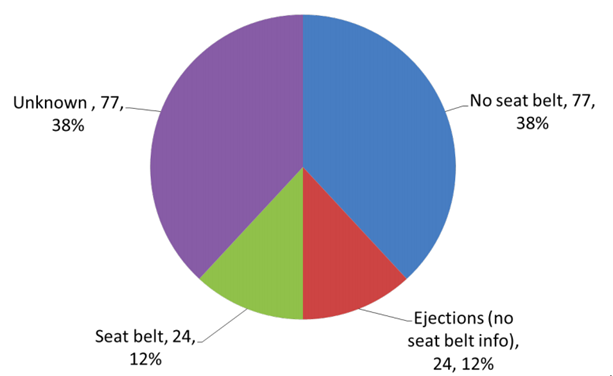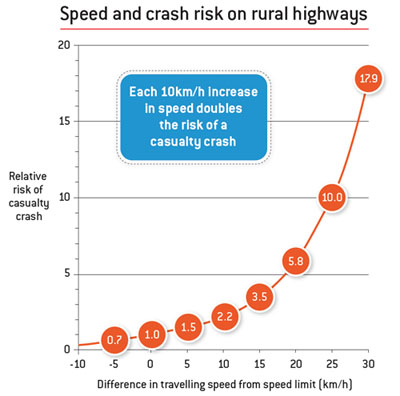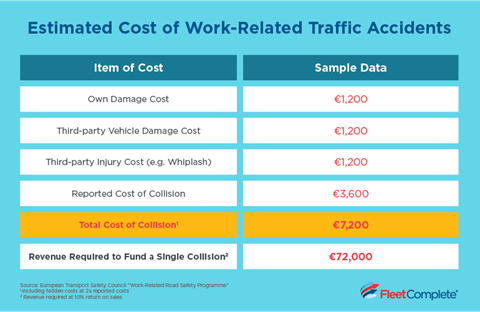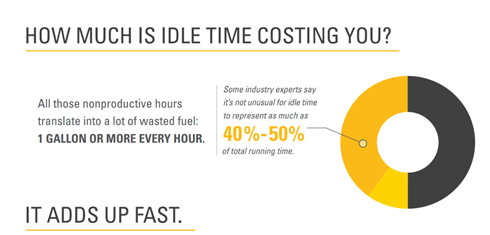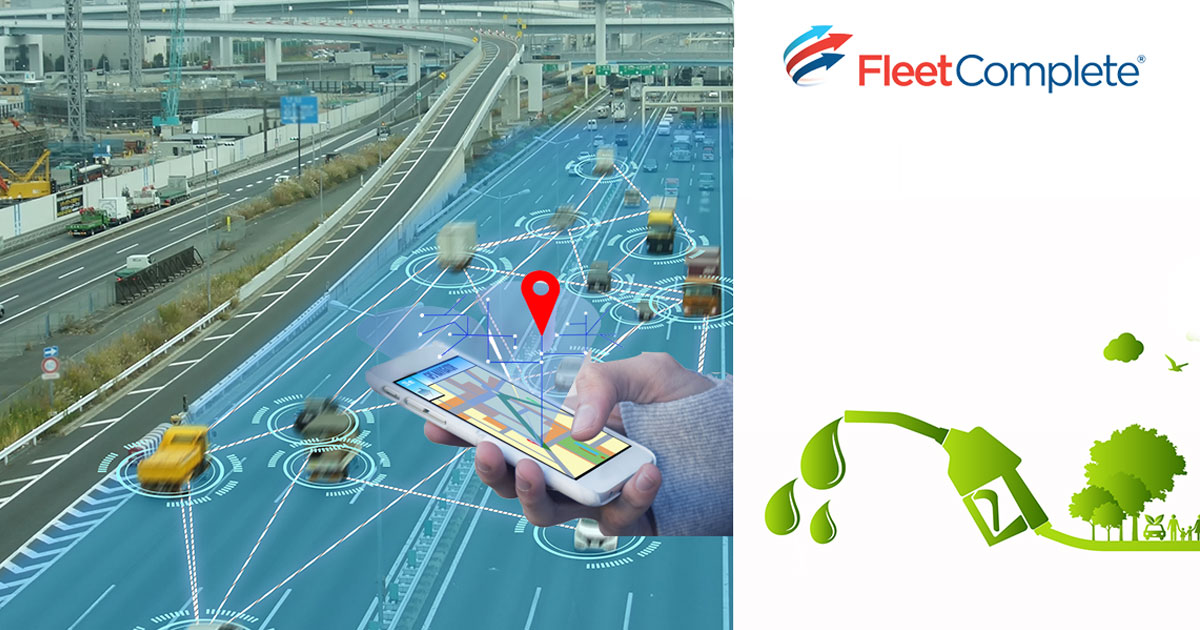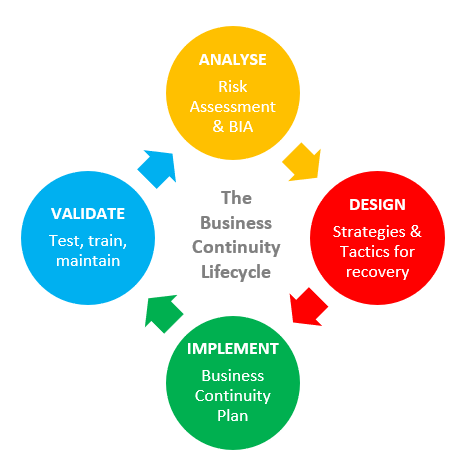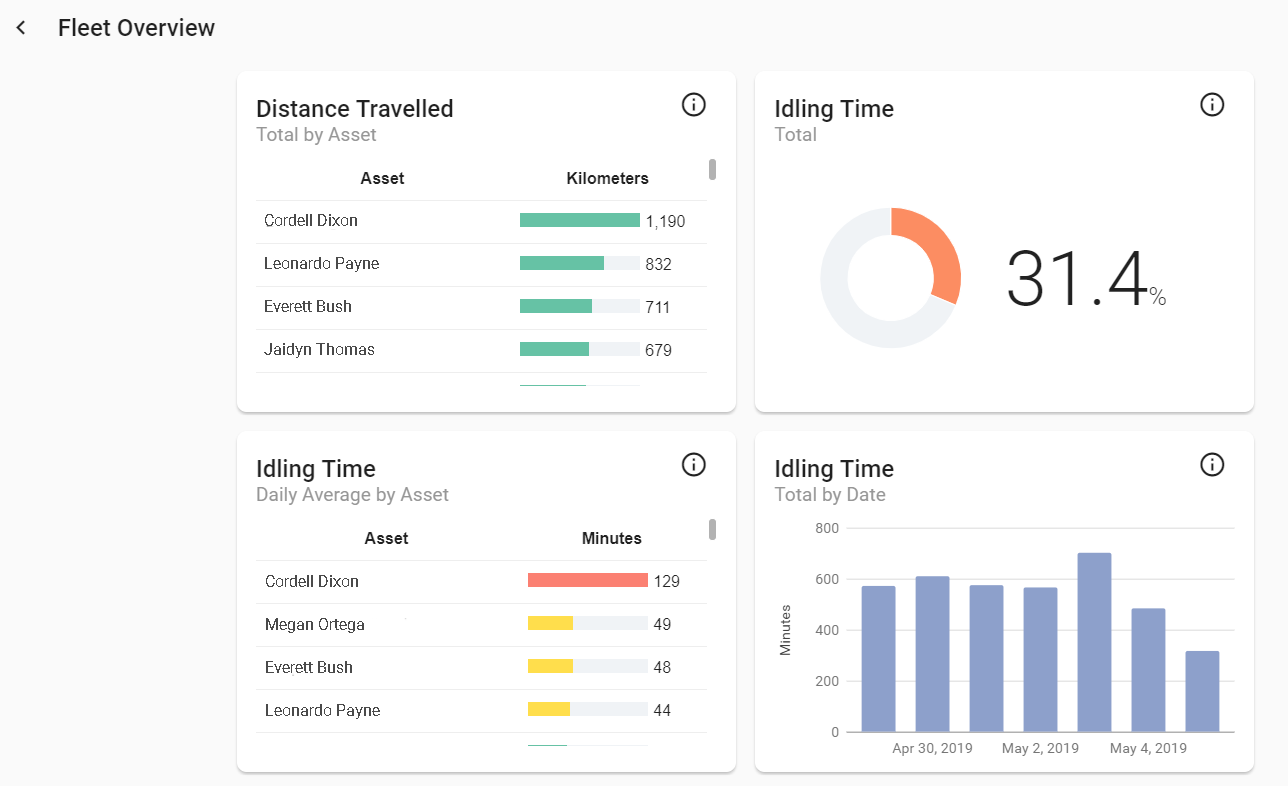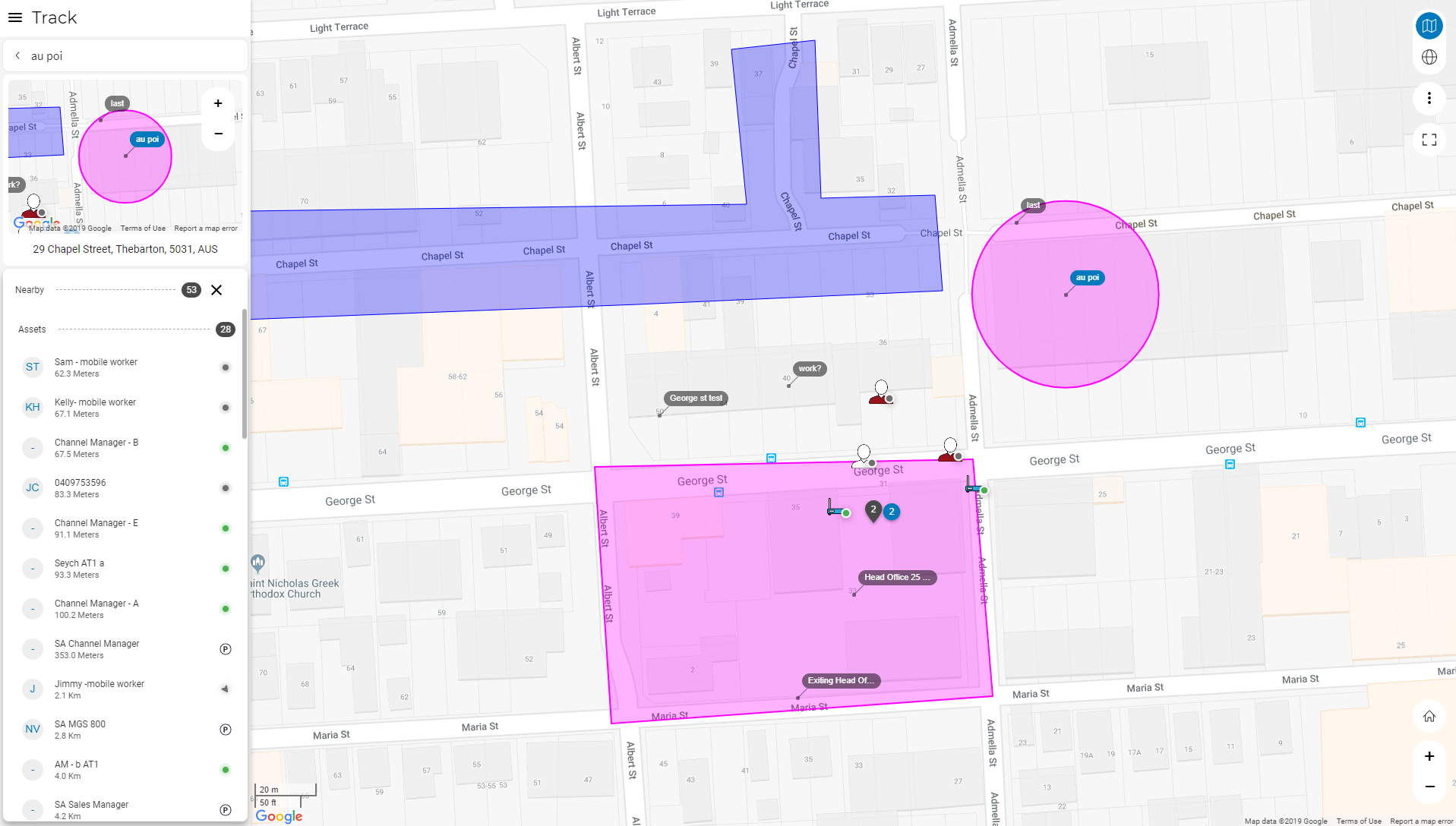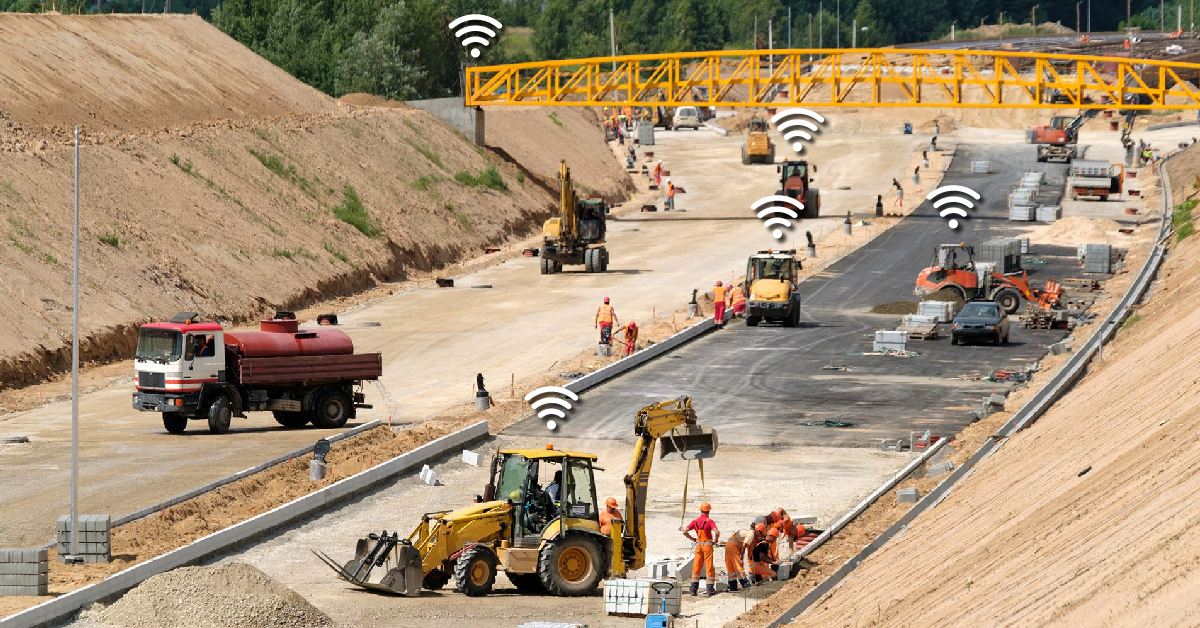As 2021 draws to an end, one thing that’s becoming increasingly clear is that the fleet industry could be on the brink of a huge leap forward.
That the appetite for fleet connectivity solutions had been steadily rising for years is old news. Fleet owners have long been searching for smarter ways to reduce costs and improve their bottom line.
But now we also know that, thanks to the impact of COVID-19, the last couple of years have culminated in an enormous shift towards these new technologies. Fleet operators are investing in IoT and telematics solutions at an unprecedented pace – with the global vehicle telematics market poised to exceed 90 billion euros in 2022. All the while current technological advancements in the field promise to unlock new potentials and usher in a new era of transformation.
Does this mean 2022 is going to be all roses? No. Will there be setbacks? Most likely. Are there many challenges on the road? Well, we like to think of them as opportunities for improvement.
At any rate, if you haven’t yet paid attention to tech, now is the time to do it. Here’s the lowdown on what you can expect in the year ahead.
The Good:
Safety And Sustainability Will Go Hand in Hand
Many a fleet manager has lost their sleep over reducing carbon emissions and improving driver safety scores. Much more than simply staying compliant, fleet businesses understand that they have a major role to play in the transition towards a safer, cleaner future for all – and a whole lot to gain from making these goals an integral part of their corporate fleet management strategies.
Despite the challenges that still exist, 2021 marked a significant turn towards fleet electrification, and this upward trend will continue throughout next year. This increased appetite for EVs is also pushing the European Commission to step up its efforts towards enabling the shift to a greener and more sustainable mobility. Road safety is positioned as a core value in this context.
In 2022, a number of measures and improved standards related to both sustainability and safety will kick in, including mandatory driver assistance systems – like driver drowsiness and distraction warnings, collision detection, or speeding assistance – and the obligation of Member States to report on actual fuel and energy consumptions.
New and emerging digital technologies will be at the heart of these initiatives, and companies that already leverage fleet management tools to promote safe and green driving behaviors will be in a position to quickly adapt and thrive in this new setting.

Green driving is safe driving. By using telematics technology to promote safe driving behaviors, you will also contribute to reduced fuel consumption and decreased emissions.
An Influx of Real-Time Data to Enable Better Business Decisions
In-vehicle telematics, fleet tracking solutions, and artificial intelligence technologies like computer vision are constantly improving. As more and more businesses rely on these tools to monitor and manage their fleet operations remotely, the vast wealth of data collected from all these systems will empower managers to devise their strategies and plans with greater precision, removing guesswork and minimizing risks. The result will be better business processes, improved efficiency, higher cost-savings, and increased staff safety.
Now take all that and multiply it by 5G. Or rather by 10, which is approximately how many times faster it will be compared to the networks we use today. Or by 100 – that’s how many times more devices you’ll be able to connect at the same time. Add to that its close-to-zero latency and universal 24/7 coverage. What you’ll get is a stream of aggregate data from your remote vehicles and assets within a split second – data like tire pressure levels, wheel rotation speed, percentage of brake application and all other live measurements. Imagine combining all that with video telematics data from the surroundings that will construct a complete panoramic view of real-time navigation, performance, diagnostics, prognostics and predictive analytics. And thanks to its low power consumption, some connected objects will be able to operate for months or years without the need for human assistance.
Stay tuned as major mobile network providers begin rolling out 5G subscription offerings in 2022.
Investing In Telematics Technology Will Pay Off Faster
Running a fleet of vehicles effectively is a complex yet crucial task. To succeed in a fiercely competitive and ever-changing environment, fleet managers must be able to connect all the dots at a fast pace, make snap decisions – the right ones – whenever the need arises, and manage their staff in real-time. And they need to do all this remotely.
Moreover, they need to adopt an evidence-based approach when planning for the longer term. This will enable them to identify trends and risks in a timely manner and proactively manage them, react quickly to changes or a crisis, and be flexible as a business.
Simply put, a fleet’s success in 2022 and beyond will largely rely on choosing the right fleet management tools to manage their day-to-day operations, collect all the right data regarding their drivers and vehicles, and use the insights to future-proof their business. This is especially important as the costs of owning and running a fleet increase. Companies who invested in fleet connectivity technologies can expect to see an increased cost-to-benefit ratio thanks to considerable savings that this technology enables.
The Bad:
Fleet Managers Will Be Expected to Do More with Less
A perfect storm has been brewing in the post-COVID world, leading to increased pressures on cost-control and fleet capacity. Disruptions in the supply chain – such as the microchip shortage – coupled with the ensuing accumulation of demand throughout 2020 and 2021 mean that the cost of everything, from parts and (new or second-hand) vehicles to maintenance and labor costs, have gone up substantially. Plus, recent hikes in diesel and petrol prices may persist for months to come.
Not only that, but fleet managers may have to deal with longer waiting times for replacing older vehicles with new ones, while many will decide to postpone their fleet renewal plans altogether. In effect, they’ll have to plan for the possibility of increased downtime, as older vehicles may have higher maintenance needs – not to mention that they will likely burn more fuel.
There’s no clear-cut answer as to how long before things smooth over. Until then, fleet managers will need to focus on optimizing the use of the assets they currently have, while proactively taking steps to minimize costs.
Driver Shortage Isn’t Going Away Any Time Soon
There are several factors at play when it comes to driver turnover, and the issue has been a major concern for quite a while now in the trucking industry.
For one, driver population is ageing – with the average age of drivers now exceeding 50 years old, many are expected to hit retirement age soon. But the situation worsened when economic activity began to pick up again after the coronavirus restrictions were lifted. All this pent-up demand that had to be met resulted in extremely high workloads for drivers, leading to high job dissatisfaction and a wave of resignations.
Meanwhile, imminent changes on road transport labor laws under the EU’s Mobility Package may make things worse – before making them better. In an effort to improve poor working conditions for drivers, the new rules set to take full effect in February 2022 impose new minimum driver rest and time-at-home periods and limit trip time to four weeks maximum.
It remains to be seen whether these changes will help curb driver shortage and eventually attract a younger generation of drivers, but in the meantime, fleets may struggle to find additional talent to cover the difference. This means that, apart from doing everything they can to engage and retain their current drivers, companies must find ways to maximize their productivity, saving them time and hassle with the help of technology.

Improved working conditions are also seen as a way to attract more female truck drivers in order to help address the driver shortage.
The Inconclusive:
The world according to covid is still a world of uncertainty and instability.
Just when we thought we were nearly out of the woods, a new variant appears that may or may not compromise our collective efforts to stop the coronavirus from spreading (as these words are being written, the study of the O variant’s impact is inconclusive). The threat of a new lockdown is still looming – and with it, concerns of further disruption in the supply chain.
Let’s face it, uncertainty may be part and parcel of the ‘new normal’. One thing seems clear: businesses must either adapt or get left behind.
So what’s a fleet manager to do?
Be prepared. Stay on top of trends and start measuring so you can begin making improvements today. Choose the right telematics provider to ensure you have the right data at your disposal and the support you need in order to easily interpret it.
If you’d like to find out how Fleet Complete can support your business, learn more by requesting our Fleet Complete demo.
If you have any questions about Fleet Complete’s fleet management solutions, contact us here.







